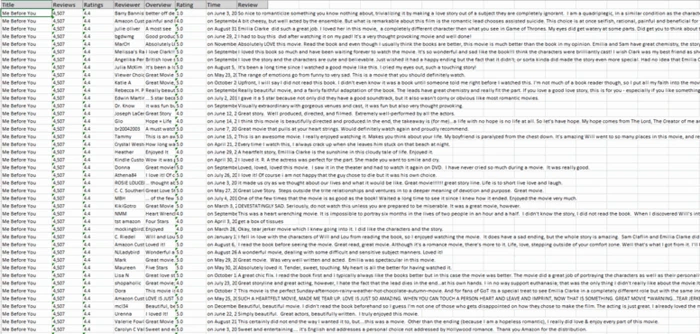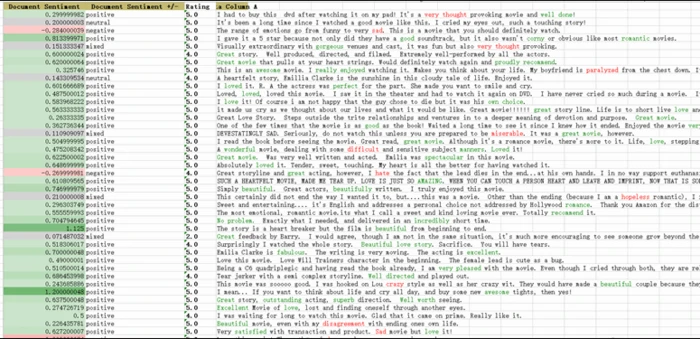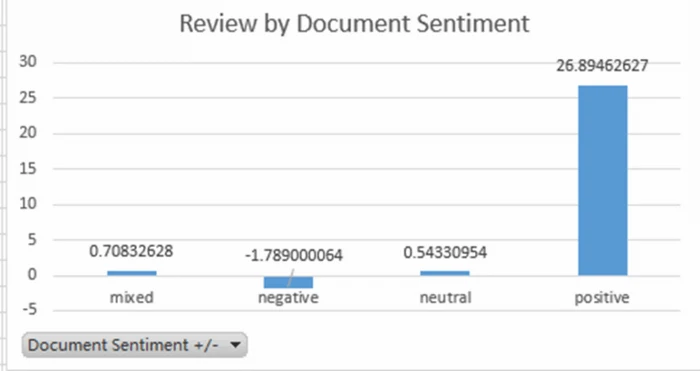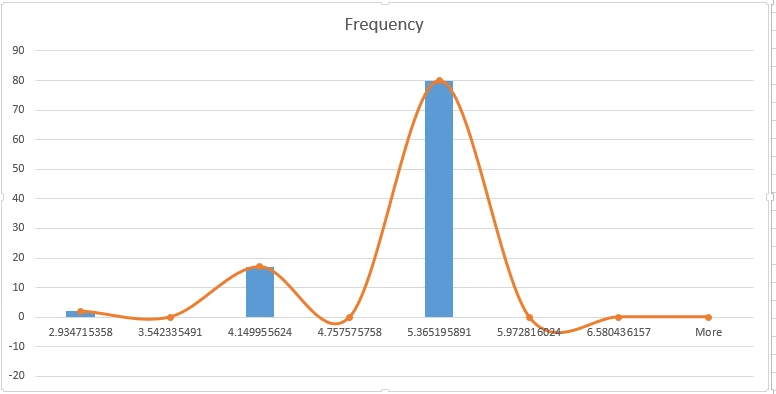Amazon is one of the leading e-commerce platforms for people to purchase all kinds of products and give their feedback there. These customers’ ratings and reviews reflect how they think about products, what they need, and what they care about most. By analyzing these data, we could have a deeper understanding of customers, and make a wiser strategy to advance our service and revenue.
So, many and many Amazon sellers are looking for tools to scrape Amazon ratings and reviews for sentiment analysis. In this post, you can learn how to scrape Amazon reviews data into structured files, and the sentiment analysis tips.
Importance of Scraping Amazon Reviews
Sentiment analysis is the use of natural language processing, text analysis, and computational linguistics to determine the emotional tone behind a piece of text. E-commerce uses it widely for customer voice materials, such as reviews, ratings, and surveys for applications ranging from marketing to customer service to new product launches. As one of the biggest players in the e-commerce industry, Amazon is a gold mine for sentiment analysis.
Related Reading: 10 Useful Tips for Amazon Marketing
Rich source of consumer reviews
The volume of product reviews on Amazon is immense. It is hard to confirm an exact figure for the number of Amazon’s total reviews. However, according to an article from CNBC, Amazon gained at least 520 million reviews in 2020. Consumers express their opinions and attitudes via any text they write in the reviews. This collection of reviews will provide you with a massive and diverse data set for training your sentiment analysis models and greatly improving their accuracy and precision.
Convenient labeled data of ratings
Amazon customers can rate any products they buy from 1 to 5 stars. Data from this source can be used to create ready-made sentiment labels by indicating 4-5 stars as positive, 3 stars as neutral, and 1-2 stars as negative. You can apply this data to train sentiment analysis models and get a glimpse into how customers genuinely feel about the product they purchased. This will help you identify weaknesses in your product and product listing to boost traffic and attract customers.
The more in-depth data you have, the more actionable insights you can gain. Scraping Amazon reviews and ratings can give you sufficient raw materials for sentiment analysis. This analysis will allow you to gain insight into what customers like and dislike, common complaints, and how your products compare with those of your competitors. Meanwhile, you can apply it to identify new opportunities, boost sales, and improve visibility on Amazon.
Scrape Amazon Product Reviews Without Coding
As mentioned above, there are innumerable products along with countless reviews on Amazon. Collecting such data by hand is impractical. Web scraping, to some extent, is born to solve this problem. By selecting certain elements on the web and then parsing the information, you are able to get the data.
Octoparse is such an easy-to-use web scraper that allows you to extract Amazon product reviews, pricing, stocks, descriptions, etc. into Excel files without any coding skills. It also supports scheduled scraping, IP rotation, preset templates, CAPTCHA solving, and other functions to help you get data easily.
Turn Amazon reviews data into Excel, CSV, Google Sheets, or any other formats.
Scrape data easily with auto-detecting functions, no coding skills are required.
Preset scraping templates for hot websites to get data in clicks.
Never get blocked with IP proxies and advanced API.
Cloud service to schedule data scraping at any time you want.
Steps to scrape Amazon product reviews and ratings
Step 1. Enter Amazon page URL to create a task
Copy the URL of a product detail page, and paste it to the search bar on Octoparse. Then click “Start” to create a new scraping task. Wait until Octoparse’s built-in browser finishes loading the page before moving on.
Step 2. Auto-detecting and customize data field
Some products might have many reviews, you need to scroll down the page and find the “See all reviews” button first to collect all reviews. After the page finishes loading, click “Auto-detect web page data” in the Tips panel to let Octoparse scan the whole page and detect all extractable data for you.
Wait for the detection to complete, Octoparse will highlight all detected data on the page for you to check if the data is to your needs or not. You can also preview all data fields in the Data Preview panel and remove any unwanted fields.
Step 3. Export scraped Amazon product reviews
Now we will begin to extract the overall reviews of your Amazon product. Just click on the “Run” button after you have previewed all data fields. You can download the scraped review data in Excel or any other format.
Octoparse also has preset scraping templates for Amazon product reviews. You can search Amazon to find the templates and preview the data samples. If you still have any questions about the above steps, you can move to Octoparse Amazon Review Scraping Guide for more details.
Amazon reviews data templates online
What’s more, Octoparse also provides data scraping templates for Amazon and other popular sites. With these preset templates, you can extract data by entering a few keywords only, and without downloading any software. Try the Amazon review scraper below after you have previewed the data sample.
https://www.octoparse.com/template/amazon-reviews-scraper
Sentiment Analysis for Amazon Product Reviews
Now that I’ve obtained the data, what can we do with this? Sure enough, we could read through all these reviews to see how others feel about it, but it would take quite a long time. That’s why we need sentiment analysis.
Sentiment analysis allows us to obtain the general feeling of some text. Although we could just look at the star ratings, actually they are not always consistent with the sentiment of the reviews. Sentiment is measured with three different values: a negative value represents a negative sentiment, a neutral value represents a neutral one, and a positive value represents a positive one.
Here I used the sentiment tool Semantria, a plugin for Excel. Semantria simplifies sentiment analysis and makes it accessible for non-programmers. I export the extracted data to Excel (see the results below).

I would only analyze the first 100 reviews to show you how to make a simple sentiment analysis here. Here are the results:

The column “Document Sentiment +/-” gives me the overall sentiment of each review, telling me whether it’s positive, negative or mixed. The column “Document Sentiment” gives the numerical values to tell me how positive or negative each review is.
The information could be displayed in a more user-friendly way by creating a column chart.

By calculating the Document Sentiment Value, you could find that the positive perceptions around value are 26.89, much higher than other perceptions value, comparing the neutral value 0.54, mixed 0.70 and negative -1.79. Considering the overall rating star 4.4 of the movie Me Before You, the values among different perceptions are highly consistent despite small differences.

To confirm that, I further look for the phase sentiment value. Let’s take a closer look.
|
Phrase Sentiment |
Phrase Mentions Sentiment +/- |
| ||
|
Rating |
negative |
neutral |
positive |
Sum |
|
2.0 |
-0.563729823 |
0.392652005 |
0.600000024 |
0.428922 |
|
4.0 |
-14.94552305 |
6.095596494 |
15.26827288 |
6.418346 |
|
5.0 |
-31.15602022 |
38.07776087 |
131.7180169 |
138.6398 |
|
Sum |
-46.6652731 |
44.56600937 |
147.5862898 |
145.487 |
You can see here there is a major consistency between stars and sentiment, though the rating star 5.0 has the highest negative value. But this may be resulted by the overall number of the rating 2.0.
By comparing the distribution of the rating, you could find the average star rating is distributed around 5.0 (positive sentiment), which further confirms the high consistency between stars and sentiment.

The above method obviously is a simple approach, and there are a number of other widely known methods of sentiment analysis like machine learning. Also, this method isn’t limited to movie reviews. It could be applied to a range of other scenarios. And you could create a much more in-depth analysis.
Final Thoughts
Amazon product reviews and ratings are indispensable data sources of sentiment analysis, especially for online shop owners. This data will become valuable materials to understand consumer needs and preferences and identify products’ weaknesses and strengths.
With the help of web scraping tools like Octoparse, almost anyone can scrape Amazon reviews and ratings without coding skills. Amazon offers more than just reviews and ratings. You can scrape the diverse Amazon data you need with Octoparse or use pre-built templates to get the data without building scrapers yourself.




